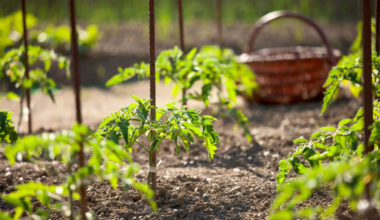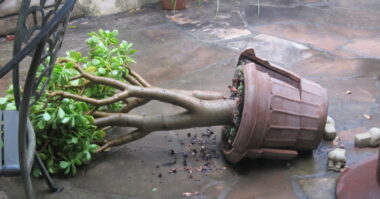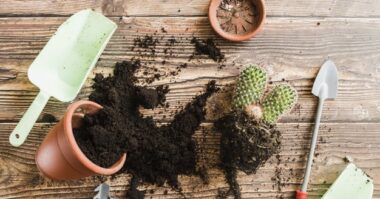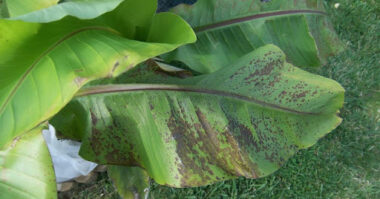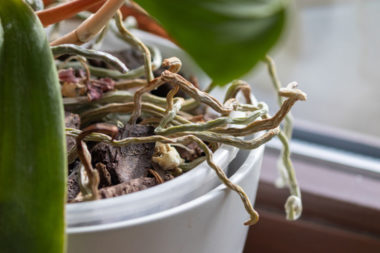The avocado tree, also known by its Latin name of persea americana, is an evergreen fruit tree that loves warmth and light. An elegant indoor plant with bright green foliage, it thrives in our homes as long as it is provided with good humidity conditions.
With a lot of patience and some careful care, it is even possible to harvest beautiful avocados and make a guacamole you can be proud of!
Contents
Why is my avocado tree drooping its leaves?
It is essential not to expose the avocado tree to low temperatures or to frost, because it would not resist to it.
It can happen that the leaves of the avocado tree show signs of wilting, slackness or become drooping and this seems to be a symptom of an excess of water. Indeed, watering should be regular, but never excessive and the older the plant gets, the less water it will need.
It is important to space out the watering even during hot periods, making sure to let the soil dry between two waterings. It may be advisable to mist the leaves during the summer.
How do I know if my avocado tree has been overwatered?
The excess of water is directly noticeable on your indoor plant. Indeed, the leaves begin to yellow and then eventually fall. Some may also turn brown.
Still, they are not as green as usual! A houseplant that is over-watered will not grow and its soil may show traces of moss or algae. Don’t panic, we’ll explain how to water your houseplant properly so that this doesn’t happen again.
What to do if my avocado tree has been overwatered?
1. Put the plant in the shade
Before any intervention, have the reflex to place the plant in the shade. This will allow it to regain its strength to face this excess of water.
2. Take the plant out of the pot
Tap the edges of the pot to make it easier to remove the plant from the pot. Then, gently hold the base of the plant and tip the soil to get it out.
3. Let the plant rest
Once the plant is out of the pot, it should be left to dry. To do this, leave it in the open air for a few hours before repotting it.
4. Choose a new suitable pot
To avoid making the same mistake and drowning your houseplant again, remember to choose a pot with drainage holes. You will then install a bed of gravel or clay balls to facilitate water drainage.
5. Remove some soil
Overwatered soil can lead to moss or algae growth. Remove this soil, which will not be beneficial to your plant. To avoid any risk, you can choose to remove the entire root ball.
6. Remove rotten roots
A root that has received excess water turns brown and smells particularly bad. Therefore, it is advisable to remove it and keep only the white roots. Use pruning shears or scissors to do this.
7. Repot
Once the plant has been cleaned, start repotting. After installing a drainage system at the bottom of the pot, add fresh potting soil. Make an even mixture of new and existing potting soil. Tap the top lightly to settle the soil.
8. Moisten the soil
Before watering, moisten the soil slightly. Once the soil is dry, you can water more heavily (but not too heavily this time!)
9. Watering
Now comes the fateful step of watering! Don’t make the same mistake, water your houseplant sparingly. Only water dry soil to hydrate the roots. If the leaves get wet, your plant could rot.
How to water the Avocado tree ?
Watering is most important at the beginning of the avocado tree’s life, when its soil needs to be kept moist. Afterwards, you can space out the watering and let its root ball dry out. The avocado tree supports rather well the periods of dryness.
An excess of water can cause the leaves to turn yellow. A lack of water can make them turn brown: it’s up to you to find the right balance!
From October onwards, when your avocado tree will have returned to its winter quarters, humidify regularly its foliage with a sprayer to maintain a good hygrometry rate.
Other diseases and parasites of the avocado tree
The avocado trees are sensitive to certain fungi, in particular, the Anthracnose and the phytophthora cinnamomi. The first one can be treated with nettle or horsetail manure, sprayed twice a week. The second, more destructive, requires a fungicide treatment.
Red spiders can also settle in: clean the plant with plenty of water, as these mites hate humidity.
Sciarids, a type of midge, frequently thrive in moist, warm soil. Try to reduce watering a little, and protect the soil by covering it with stones, sand or pieces of slate. A treatment with a strong-smelling essential oil, such as peppermint, can be a good repellent: pour a few drops on the soil of your avocado tree.

